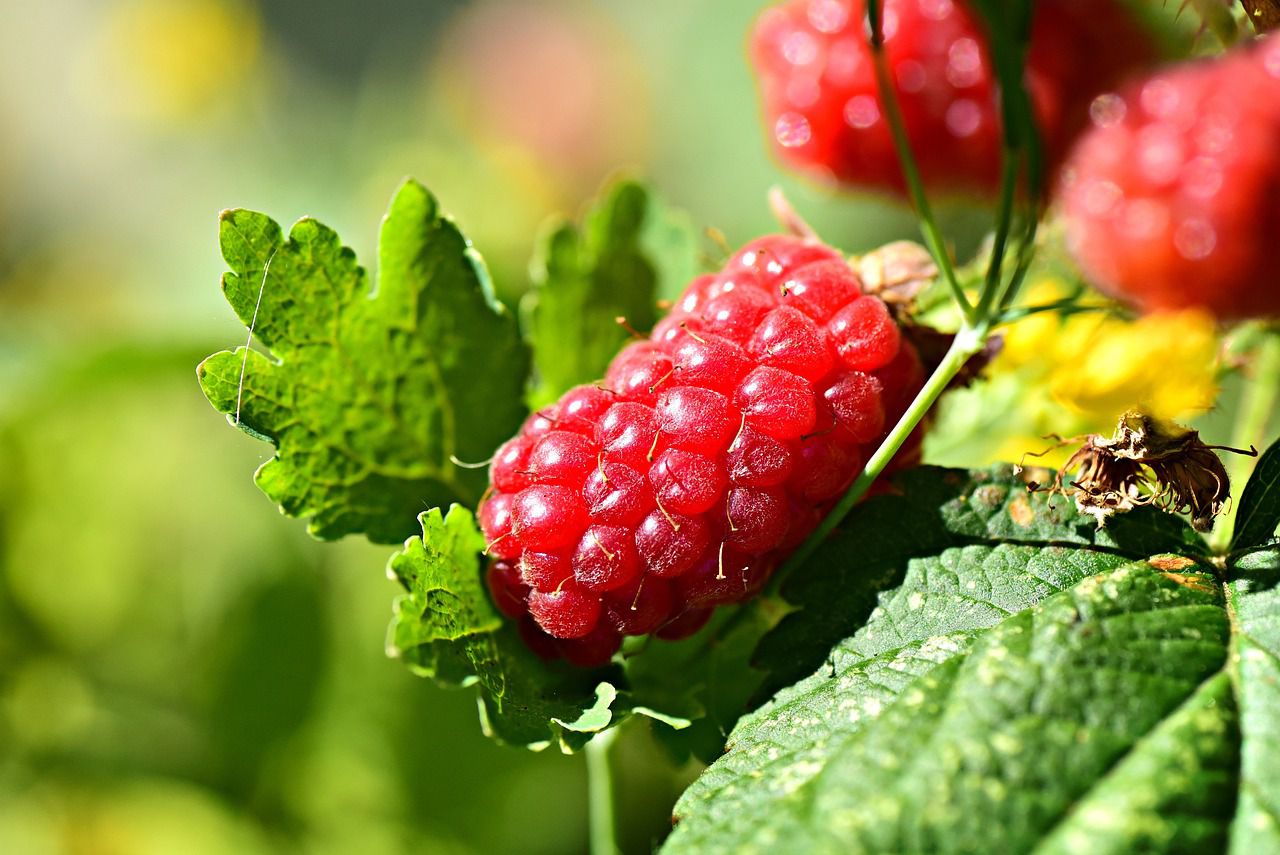How to protect your raspberry plants from winter: Make sure it won't be damaged by cold
Most wild plants survive even cold winters pretty well, but garden plants usually need your protection to withstand cold months.
Raspberry plants can live and fruit for many years, but only if you take good care of them in autumn.
Here are some tips on how to do that.
Prune and thin the canes
Thinning the canes by removing some of the older ones can also improve air circulation and reduce the risk of disease.
Mulch the base of the plants
Apply a layer of mulch around the base of the raspberry plants to insulate the roots and protect them from extreme temperature fluctuations.

Use organic mulch such as straw, wood chips, or leaves. Apply a layer of about 2 to 4 inches (5 to 10 cm) deep, but avoid piling it up against the canes.
Provide windbreaks
Consider installing windbreaks such as fences, hedges, or burlap screens on the windward side of your raspberry patch.
These barriers can help reduce wind exposure and prevent canes from snapping or breaking.
Secure the canes
Tie the raspberry canes together gently using twine or plant ties.
This helps prevent them from being weighed down by snow or getting damaged by strong winds.
Remove and dispose of diseased plant material
If you notice any signs of disease or pests on your raspberry plants, remove and dispose of the affected plant material.
Monitor and water as needed
Monitor soil moisture levels and provide supplemental watering if necessary, especially during dry spells.
